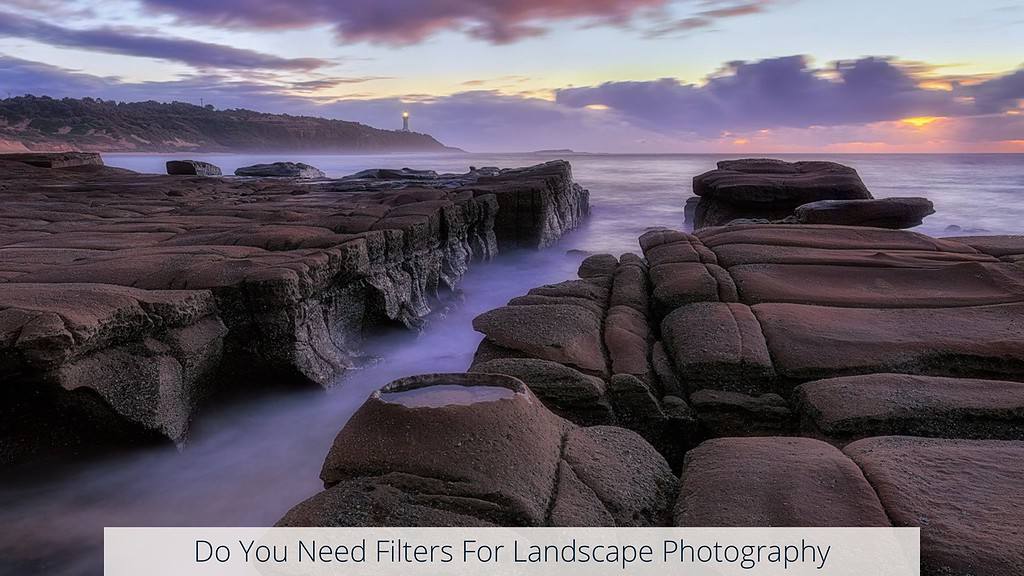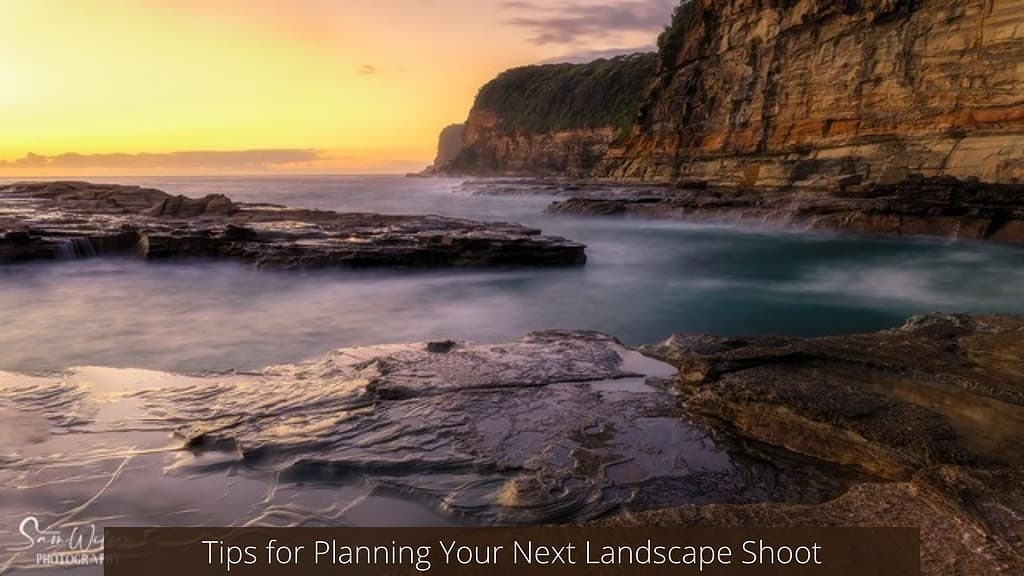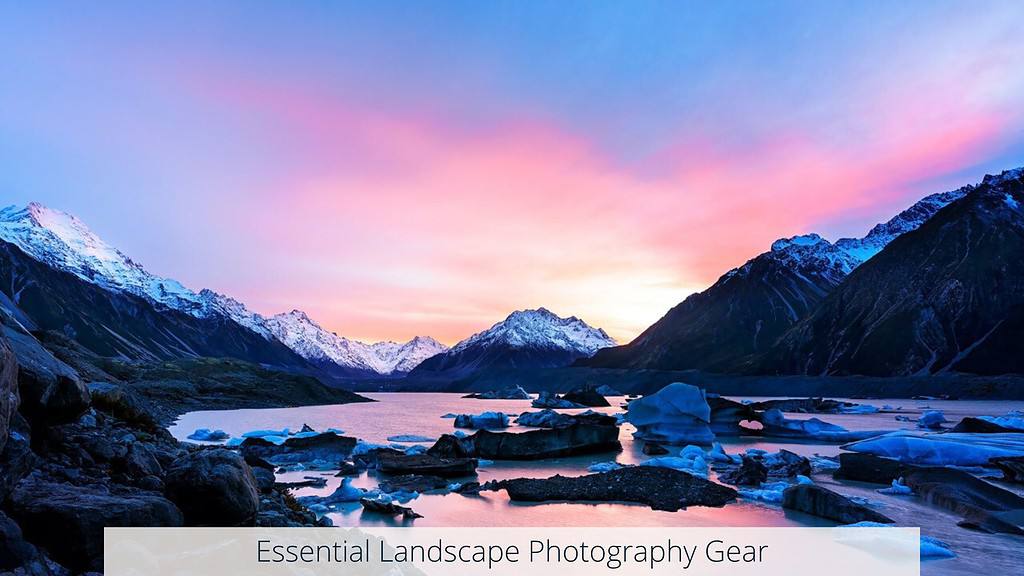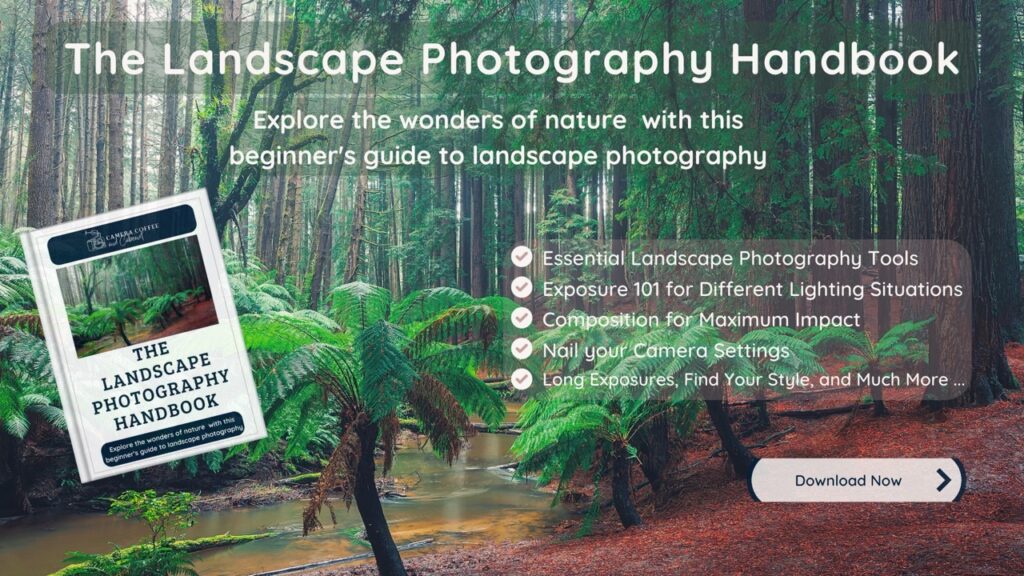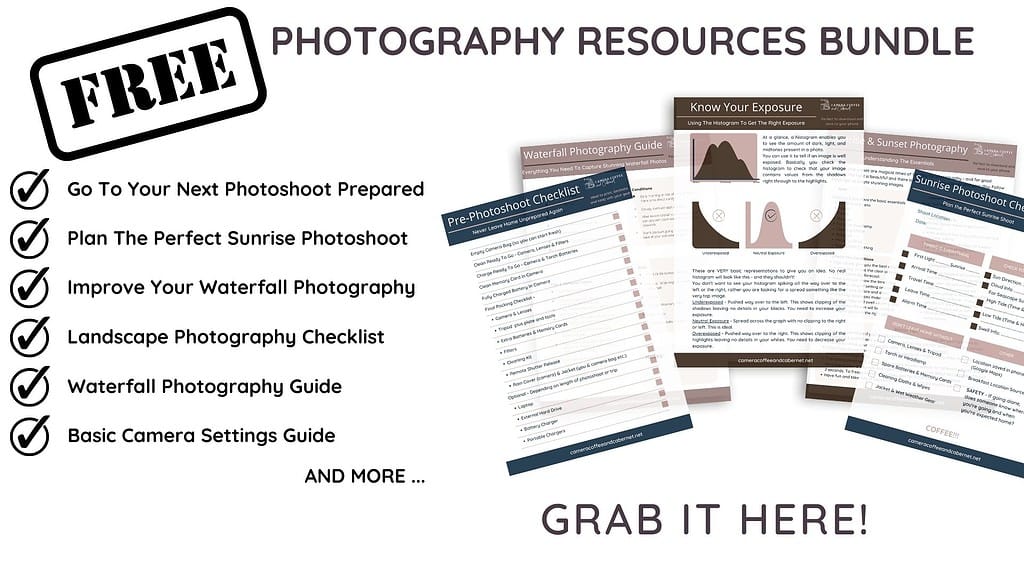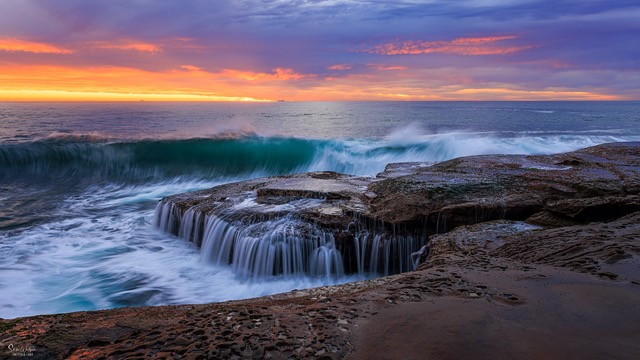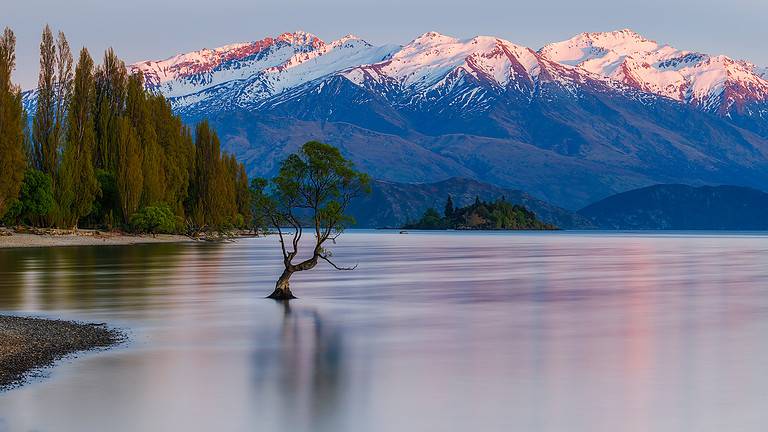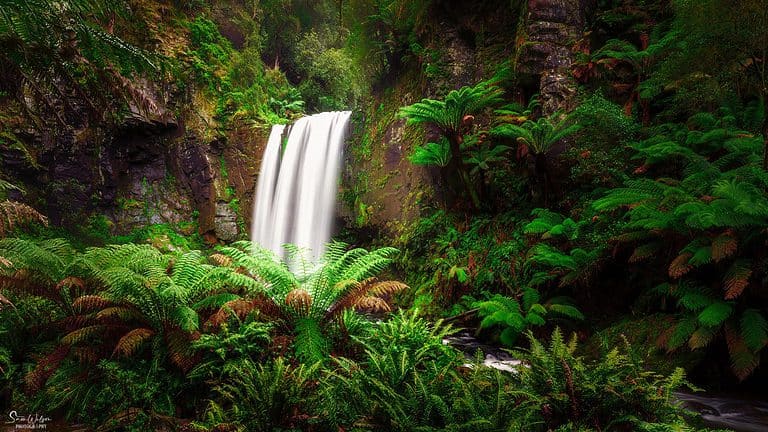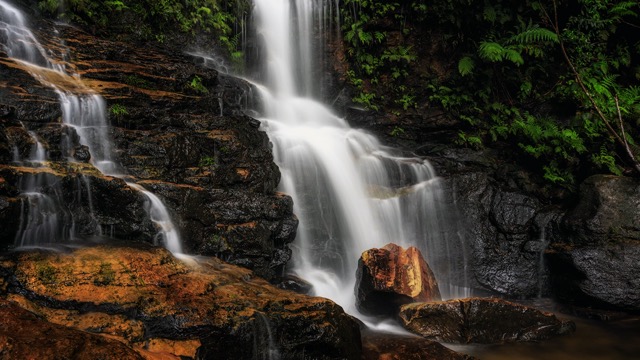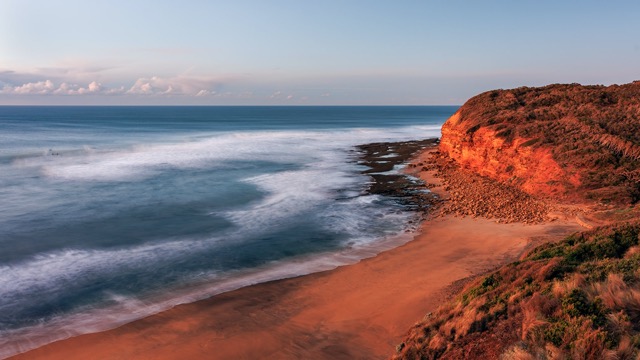Packing For Your Next Photography Trip: How To Decide What To Take
This article is all about knowing what to consider when packing for your next photography trip.
You will definitely need your camera, but the type of trip, destination, and even time of year will influence what other gear you’ll need. Knowing whether you’ll need a tripod, which lenses will be best to take and what accessories can make it so much easier.
Knowing what to pack, how much and what you will need, and just as important, what to leave at home can be challenging.
The right gear can make or break your photography trip, so when preparing for your adventure, you should consider what you will actually need.
It’s common to want to bring everything you own just in case.
But really, do you need EVERYTHING?
I know I’ve been guilty of this – taking every lens I own, only to end up only using one or two. The bag was so heavy that most of the time I left stuff behind in my room every day. And you know what, I didn’t need them!
Or if it’s a family trip, and not really a photography trip, do you really need to take your full kit? Will you really have that much time to photograph that much? Maybe you don’t need everything, just your camera and one mid-range lens.
I’m sure you can relate.
With some planning, and answering the following key questions about your trip, you’ll be able to minimise some of your gear and only pack what you really need.
After too many trips where I carried around way more than I needed, I’ve learned to minimise and only pack what I need.
Following are some questions for you to ask yourself to help you work out what needs to go in your bag, and what to leave behind.
What Kind Of Trip Is it?
Before you start packing for your next photography trip, the first thing to consider is the type of trip you’ll be going on.
Is it a short getaway, a long adventure, a family or social trip, or a dedicated photography tour?
If your trip is focused on landscape photography, you’ll want to consider including a wide-angle lens, a tripod, and filters in your kit.
If you also want to capture wildlife, you’ll obviously need a telephoto lens as well.
These types of trips usually involve a fair bit of walking, so you’ll need to also think about suitable clothing, footwear and a decent backpack to comfortably carry all your gear.
On the other hand, if it’s a sightseeing trip with family or friends, you might just need a good mid-range lens such as a 24-70mm or 24-105mm.
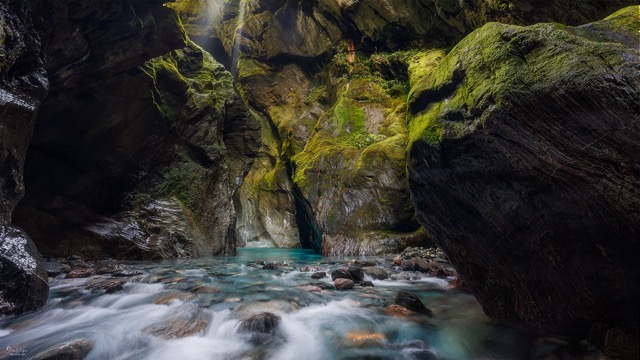
Who Is going?
Tied closely to the above question is this next one. Who are going to be your travel partners?
If you are travelling solo and don’t have to consider anyone else – yay, the world is your oyster.
The next best trip (in my humble opinion) is a dedicated photography workshop or with fellow photography friends.
If however, you are travelling with non-photographers, then your opportunities, and the amount of dedicated photography time could be very different.
Taking these things into account will definitely influence how you think about packing for your next photography trip.
It can be a fine balance.
I recently went on a family trip and tossed around what to take for way too long. In the end I decided my priority was family and just took my phone.
Did I miss not having my photography gear? Absolutely.
But, at the end of the day family time was more important so I have absolutely no regrets.
Regardless of your company, the key to successful packing is balancing your needs with the overall enjoyment and purpose of your trip.
Are There Luggage Restrictions?
Next up when considering your packing for your next photography trip is your mode of transport and what kind of restrictions that may involve.
If you’re flying you will clearly have weight and size restrictions to consider with your luggage.
In this case it’s clearly important to be aware of the limits you have as that will have a significant impact on what you can take without being charged ridiculous fees.
This is something I’m particularly careful about – not just weighing, but making sure that my gear will be safe depending on where it’s packed.
For example, all of my fragile, or easily damaged, gear goes into my carry on. Then sturdier items like tripods can go in the checked luggage.
BUT, if it’s a good old photography road trip , you can have way more flexibility with what you can take – woohoo!
It’s still important of course to plan what you’re going to pack – organising what you pack, and where you pack it will make it much easier for you to access your gear for those ‘OMG, I just have to pull over’ moments.
Also, you need to make sure you have enough space for anyone else you’re sharing your vehicle with – everyone needs to be comfortable right?!?
How Long Is The Trip?
Before you start packing for your next photography trip, it’s important to know how long the trip is.
This will heavily influence the gear and supplies you need to take with you.
If it’s just a short getaway of a day or two, you can pack lightly and focus on the essentials.
But when it’s longer you’ll need to think of extra memory cards, laptop, hard drives for backups and additional cleaning gear.
The longer your trip will also usually mean the more diverse your photography locations and conditions, so weather protection, batteries, filters and extra lenses could well and truly be needed.
This article is focussed on your photography essentials, but the extra clothing, weather gear and toiletries etc. will all come into play the longer your trip is.
Even taking this all into account, you still want to keep your gear efficient and lightweight as much as possible.
Once again, it’s about finding balance. You want to have everything you might need, but not lug around a heap of extra stuff you will never use.
One tip I will share (especially with road trips), is to pack more but smaller bags. For example, having a wet weather gear bag and keeping it tucked in the back of your boot. It’s there if you need it but you don’t need to be carrying it in and out of your accommodation every time you move locations.
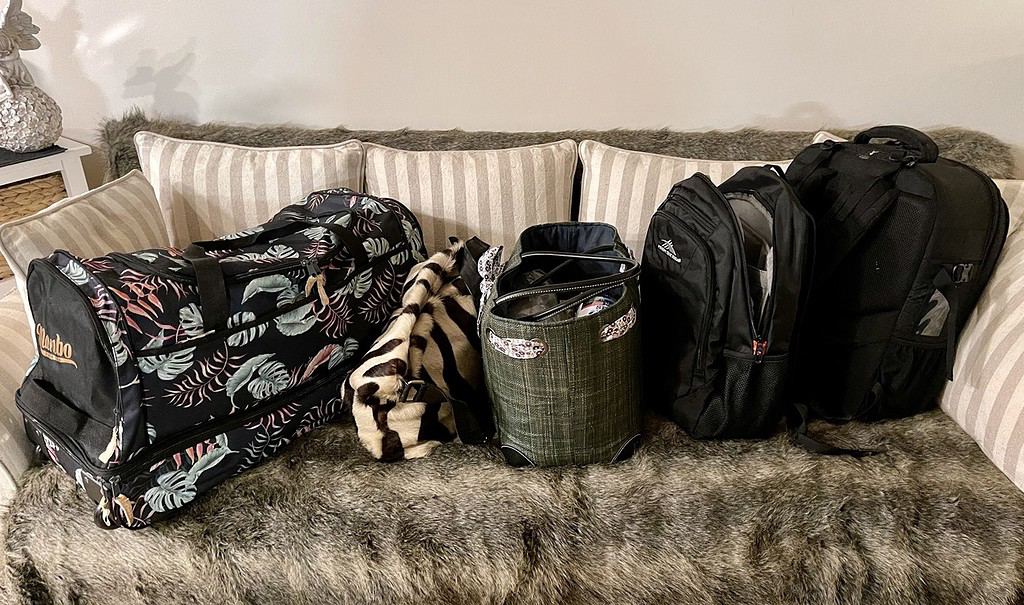
Where Are You Going?
Before you start packing for your next photography trip, you must of course consider your destination.
What sort of subjects or scenes are you expecting to photograph?
For mountains or oceans you will probably want your wide-angle lens, tripod and filters. You would also consider taking your telephoto lens if you want to zoom in on any mountains.
If you’ll be doing a lot of forest or even city walking, think about your footwear and camera bag.
The weather and seasons will also have an impact on what equipment you’ll need, which brings me to the next question.
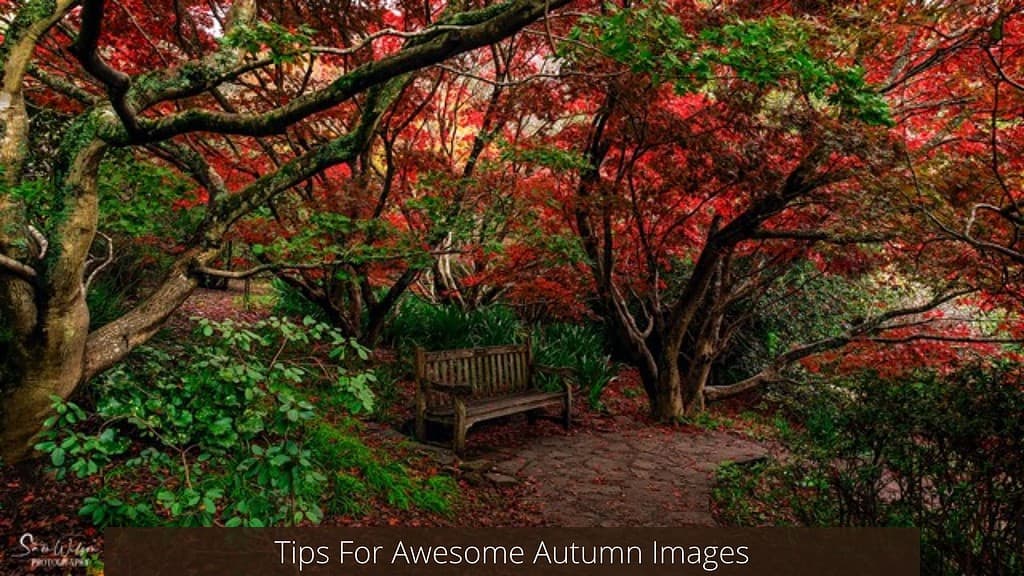
When Are You Going?
Determining the time of your landscape photography trip is essential, as different seasons and times of the day offer unique perspectives in landscape photography.
When you plan your journey considering the season, you’ll be better equipped to pack the appropriate gear and clothing.
Spring is a fantastic time for landscape photography, as everything is in bloom, and nature is bursting with vibrant colours.
You might want to pack a macro lens for capturing close-ups of flowers or a wide-angle lens for vast fields.
Always bring some rain protection for your equipment, since spring showers can be more common in spring.
Summer allows for longer days and generally sunnier weather, giving you plenty of opportunities to capture well-lit landscapes. Packing a neutral density filter can help you achieve stunning long exposures even in bright daytime conditions, and don’t forget sunscreen and a hat to protect yourself.
During autumn, the changing foliage offers a spectacular display of warm, earthy tones.
A polarising filter can further enhance the colours by cutting through haze and improving saturation.
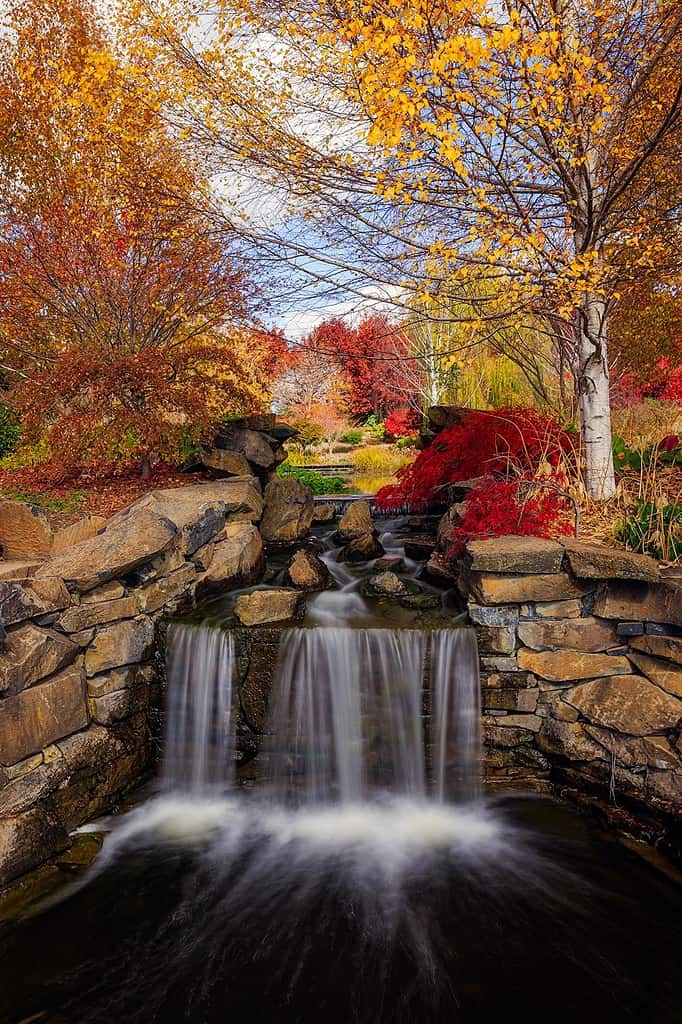
Layered clothing is recommended as the weather can be unpredictable.
Lastly, the winter months may seem less inviting, but they offer unique photo opportunities with snow-draped landscapes and frosty mornings.
Be sure to pack plenty of warm clothes, extra batteries for your camera (as they drain more quickly in the cold), and a waterproof camera cover.
Remember too that the time of day also significantly impacts the lighting and mood of your landscape shots.
Golden hour (shortly after sunrise or before sunset) is widely popular for casting a warm, diffused light on your subjects, while blue hour (early morning or late evening) lends a cool, atmospheric tone.
You may want to think about filters if you’re planning on doing any golden hour shooting:
Keeping It Light
Hopefully by answering the above questions you are clearer on the gear you want to take and what you can possibly leave at home.
If you aren’t sure what you’ll be shooting, it’s time to do some research. That way you can plan ahead as much as possible and know what you need:
Let’s recap the basic essentials:
What Do You Really Need?
When packing for your landscape photography trip, it’s essential to consider which gear and equipment will be crucial for capturing the best shots. Let’s go through some specific items you might need.
Firstly, you’ll want to bring your camera. Whether it’s a DSLR or a mirrorless model, make sure it fits your needs and offers good ISO performance for varied lighting conditions.
You will also probably want to pack a couple of lenses as well; a wide-angle lens is great for capturing vast landscapes, while a telephoto or zoom lens can help you focus on specific subjects or distant scenery.
Your camera bag should also contain essential accessories. This might include filters, a tripod for steady shots, and extra batteries and SD cards to ensure that you have ample power and storage.
In addition to your camera gear, think about your safety and comfort during the trip. Pack any necessary safety equipment, such as a first-aid kit, and carry adequate food and water supplies, especially if you’ll be travelling to remote locations.
Remember that you may also need a laptop and external hard drives for editing and organising your photos while on the go.
Make That List
To help you decide what to take, and give you a checklist, you can download the Guide: Photography Trip Packing List.
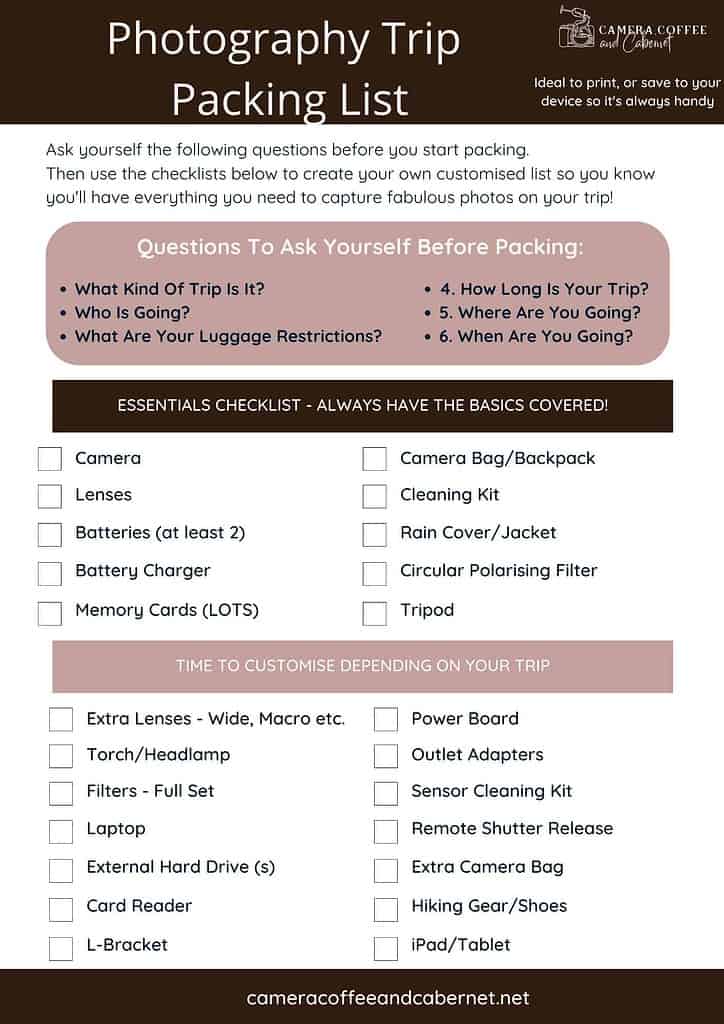
Download this handy list so you can print it or save it so you have it handy whenever you need it.
Conclusion
And that’s a wrap – I truly hope this helps you decide what you need to take on your next trip,
It’s easy to get caught up in wanting to bring everything, but remember that a successful trip often hinges on packing light and efficiently.
Always consider the location and conditions you’ll be facing since this will help you narrow down your essential gear list.
It’s also useful to think about which lenses and filters can serve multiple purposes, allowing you to bring fewer items without sacrificing the quality of your images.
Additionally, don’t forget about the importance of proper clothing, food, and safety items.
When venturing into the outdoors for a landscape photography trip, you want to be prepared for any unexpected situations or weather conditions.
Finally – get out there and capture some incredible images – safe travels!
That’s it for now – Keep clicking and stay caffeinated
Like this post? PIN it so you can save it for later

Other Posts You Might Like:
- Essential Landscape Photography Gear
- Landscape Photography Kit Essentials: My Top Gear Recommendations
- Landscape Photography Accessories
- Filters For Landscape Photography
- Best Apps for Planning and Scouting Landscape Photography Locations
- Travel Photography Tips: 40+ Essential Tips For Great Photos
Don’t miss a post – sign up Here if you haven’t already
Note – Unless otherwise stated, all photos are mine and remain my copyright images – Sam Wilson Photography.
Are you a beginner landscape photographer looking to improve your skills and capture stunning photos of nature?
Our ebook, ‘The Landscape Photography Handbook – Exploring the Wonders of Nature,’ is the perfect guide for you.
With 90 pages of expert advice and practical tips, you’ll learn everything you need to know to capture breathtaking landscapes like a pro.
From essential gear and camera settings to composition techniques and planning your shoot, this comprehensive guide covers it all.
Plus, you’ll discover how to develop your own style, build your confidence as a photographer, and use editing tools to enhance your images.
Get your copy today and start exploring the wonders of nature with your camera!



